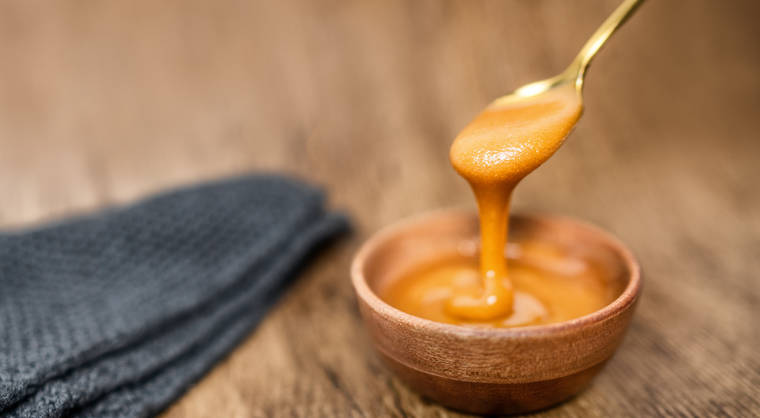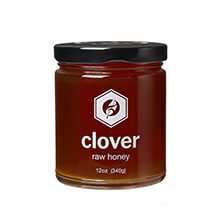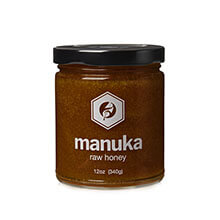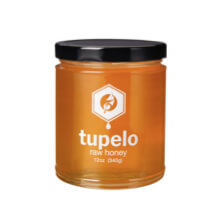Tasting the Best Clover, Tupelo, and Manuka Raw Honey
May 14, 2024

Let's delve into the basics of these popular honey types, helping you appreciate their unique characteristics and versatile uses.

Clover Honey
Clover honey is one of the most widely available and popular types of honey in the United States. It is typically sourced from the nectar of clover flowers, including white clover, red clover, and sweet clover. This honey is prized for its mild, sweet, and floral flavor, which makes it a favorite among many households.In terms of color, clover honey usually presents a light amber hue, making it appealing not just in taste but also in appearance. Its mild flavor and smooth consistency make it an excellent choice for sweetening beverages like tea and coffee without overpowering the drink's natural flavors. Clover honey is also ideal for baking, as it can be easily incorporated into various recipes due to its mild taste and light color.
Nutritionally, clover honey contains antioxidants, vitamins, and minerals, although in moderate amounts. It's often recommended as a natural remedy for soothing sore throats and coughs, thanks to its antibacterial properties.

Manuka Honey
Manuka honey hails from New Zealand and is made from the nectar of the manuka bush. This type of honey is renowned not just for its strong, earthy flavor, but also for its medicinal properties. Manuka honey is darker and richer than clover honey, with a deeply herbal flavor that can be an acquired taste.
What sets manuka honey apart is its antibacterial activity, which is measured by the Unique Manuka Factor (UMF). The UMF rating indicates the level of antibacterial potency the honey possesses. Manuka honey with a UMF of 10+ is considered effective for therapeutic use, with higher ratings offering greater antibacterial benefits. This makes manuka honey a popular choice for treating wounds, soothing sore throats, and improving digestive health.
Due to its potent properties, manuka honey is often more expensive than other types of honey. However, its unique health benefits make it a worthwhile investment for those looking to harness the therapeutic powers of natural products.

Tupelo Honey
Tupelo honey, sourced from the nectar of the blossoms of the tupelo gum tree found in the Southeastern United States, is highly valued for its unique flavor and properties. This honey is light amber in color with a greenish glow and has a mild, sweet, and buttery flavor. It’s known for its unusually high fructose content, which allows it to remain liquid for longer periods compared to other types of honey.Tupelo honey’s delicate flavor and smooth consistency make it a preferred choice for those who enjoy honey straight from the jar or as a subtle sweetener in delicate dishes. It’s also celebrated for its ability to not crystallize as quickly as other honeys due to its low glucose levels.
More than Just a Sweetener!
Each type of honey—be it Clover, Manuka, or Tupelo—brings its own unique flavors and benefits to the table.Whether you're using honey for its health benefits, its culinary qualities, or simply as a natural sweetener, understanding these differences can help you choose the right honey for your needs.
So next time you're shopping for honey, consider trying a new variety to explore the rich diversity offered by these natural wonders.